1. Concept Map - Story
2. Academics
2.1. Writing
2.1.1. Elementary
2.1.1.1. Fodey
2.1.1.2. Spelling Bee
2.1.2. JING
2.1.3. Secondary
2.1.3.1. Research
2.1.3.1.1. DIIGO
2.1.3.1.2. Research Assistant
2.1.3.1.3. Dewey Digger
2.1.3.2. GoAnimate
2.2. Math
2.2.1. Elementary
2.2.1.1. Tutorials
2.2.2. Secondary
2.2.2.1. Math Casts
2.2.2.2. Khan Academy
2.2.2.3. Tutorials
2.3. Reading
2.3.1. Elementary
2.3.1.1. Phonemic Awareness
2.3.1.1.1. VOKI
2.3.1.2. Audacity
2.3.1.2.1. Video
2.3.1.3. Audio
2.3.1.4. DOLCH
2.3.2. Secondary
2.3.2.1. Audio
2.4. Science
2.4.1. Secondary
2.4.1.1. Simulations
2.4.1.2. Bio-Lab
2.4.1.3. PhEt
2.4.1.4. Collect Data
2.4.2. Elementary
2.5. ThinkFinity
3. Graphic Organizers
3.1. Exploratree
3.2. BubbleUs
3.3. MindMeister
3.4. ClassTools
4. Introduction
4.1. Me
4.2. Goal Setting
4.3. Goal
4.3.1. Objective
4.3.2. Objective
4.3.3. Objective
4.4. 21st Century Classrooms
4.5. Wordle
4.6. MindMeister
5. Collaboration
5.1. Web 2.0
5.1.1. MindMeister
5.1.1.1. DabbleBoard
5.1.2. Blogs
5.1.2.1. Wikis
5.1.3. DIIGO
5.1.4. Glogster
5.1.4.1. Video
5.1.5. PBWorks
5.1.5.1. GoogleDocs
5.1.5.2. vYew
5.1.5.2.1. Video
5.2. M-Learning
6. M-Learning
6.1. Life Skills
6.1.1. Analog Clock
6.1.1.1. Movable hands
6.1.1.1.1. Talking Clock
6.1.2. Morning Routine
6.1.2.1. Time Cards
6.2. Low Vision
6.2.1. Dragon Dictation
6.2.2. Eye Glasses
6.2.2.1. Web Reader
6.3. Deaf Hard of Hearing
6.3.1. ASL
6.3.1.1. Sign 4 Me
6.4. Social Behavorial
6.4.1. iGrounded
6.4.2. TherAd for Autism
6.4.3. My Choice
6.5. Reading
6.5.1. Kindle
6.6. Writing
6.6.1. Grammar
6.6.1.1. Sentence Builder
6.6.2. Dragon Dictation
6.7. Oral Language
6.7.1. Speech with Milo
